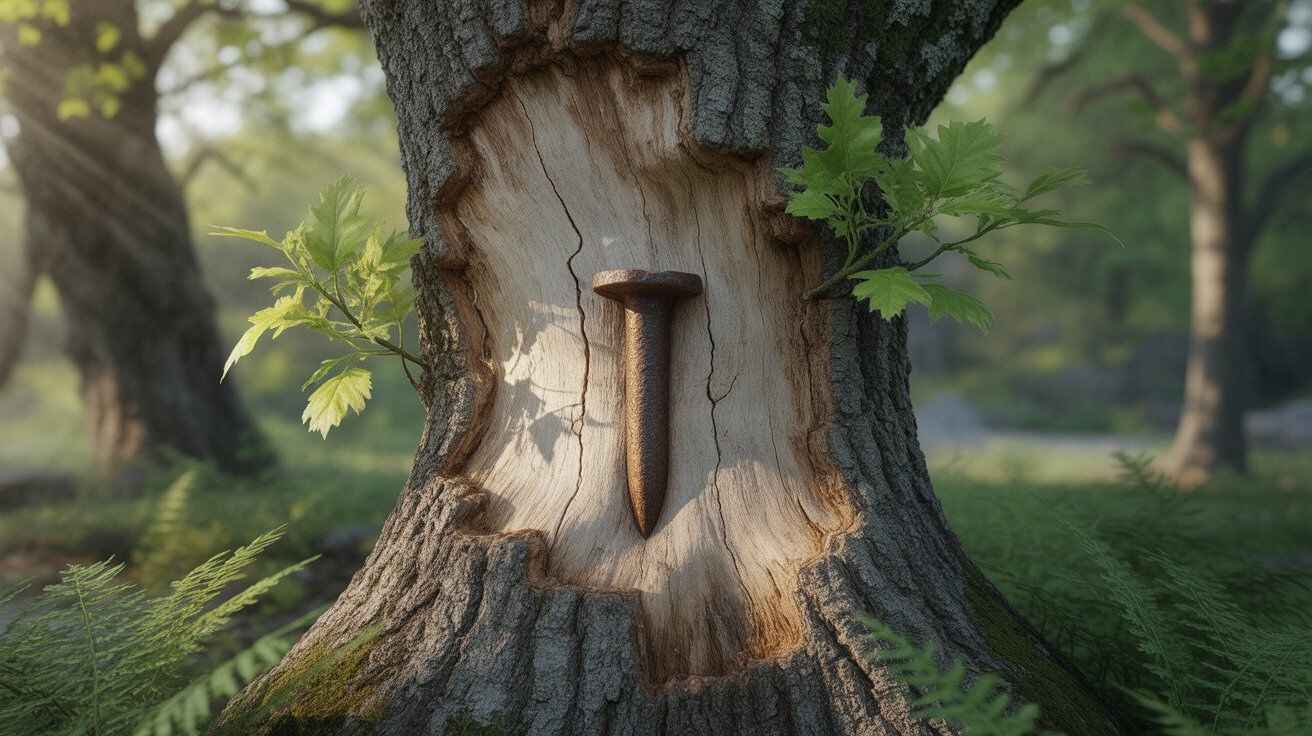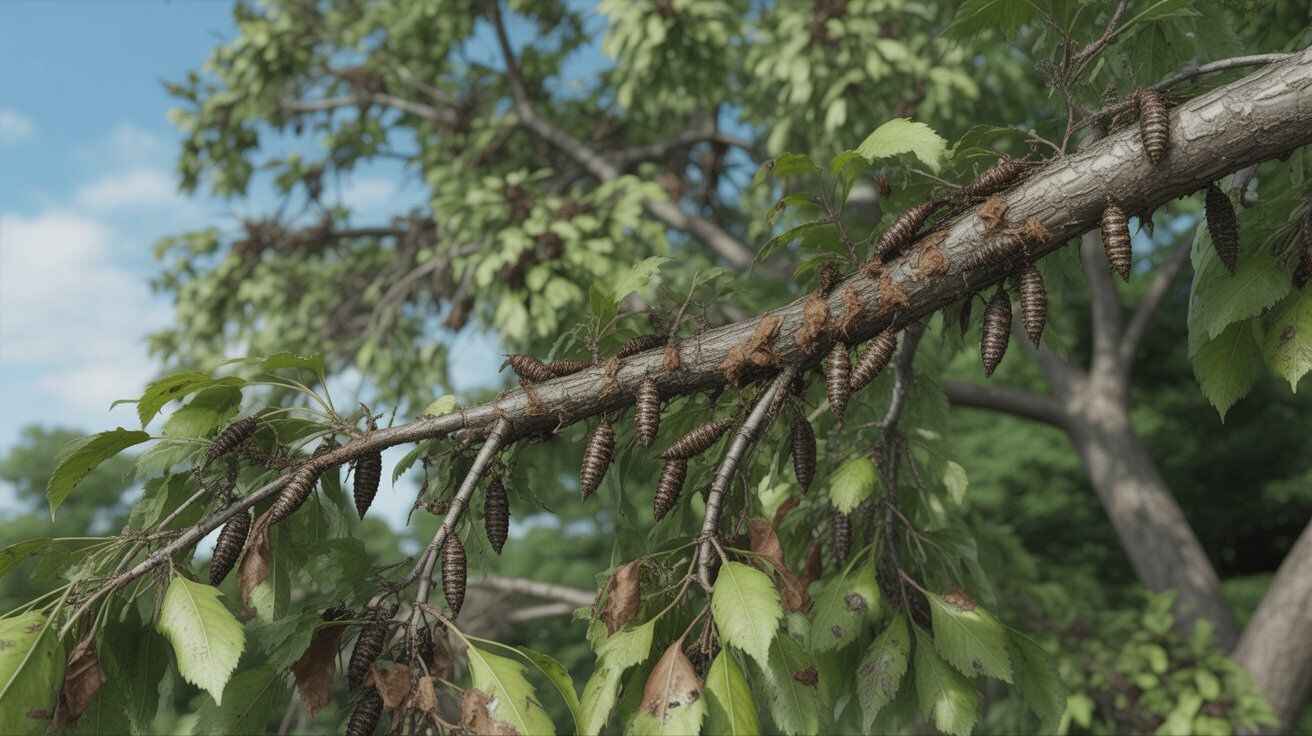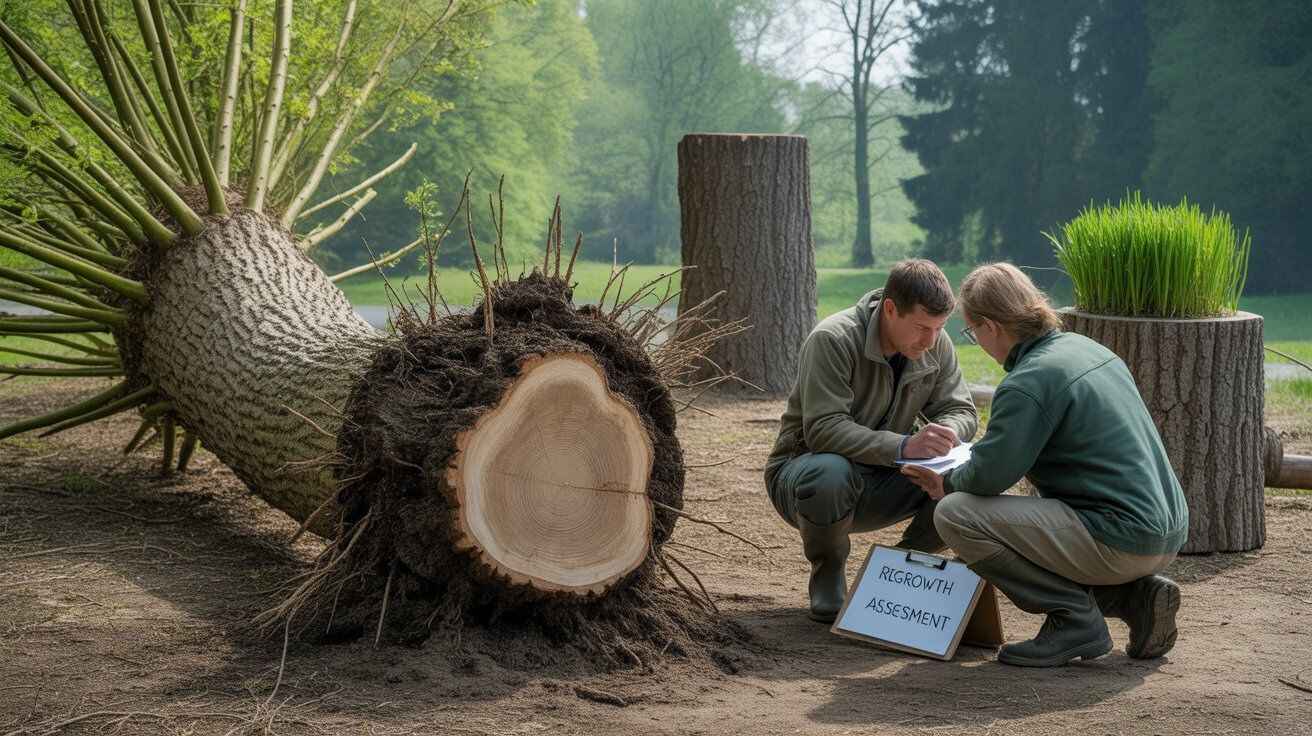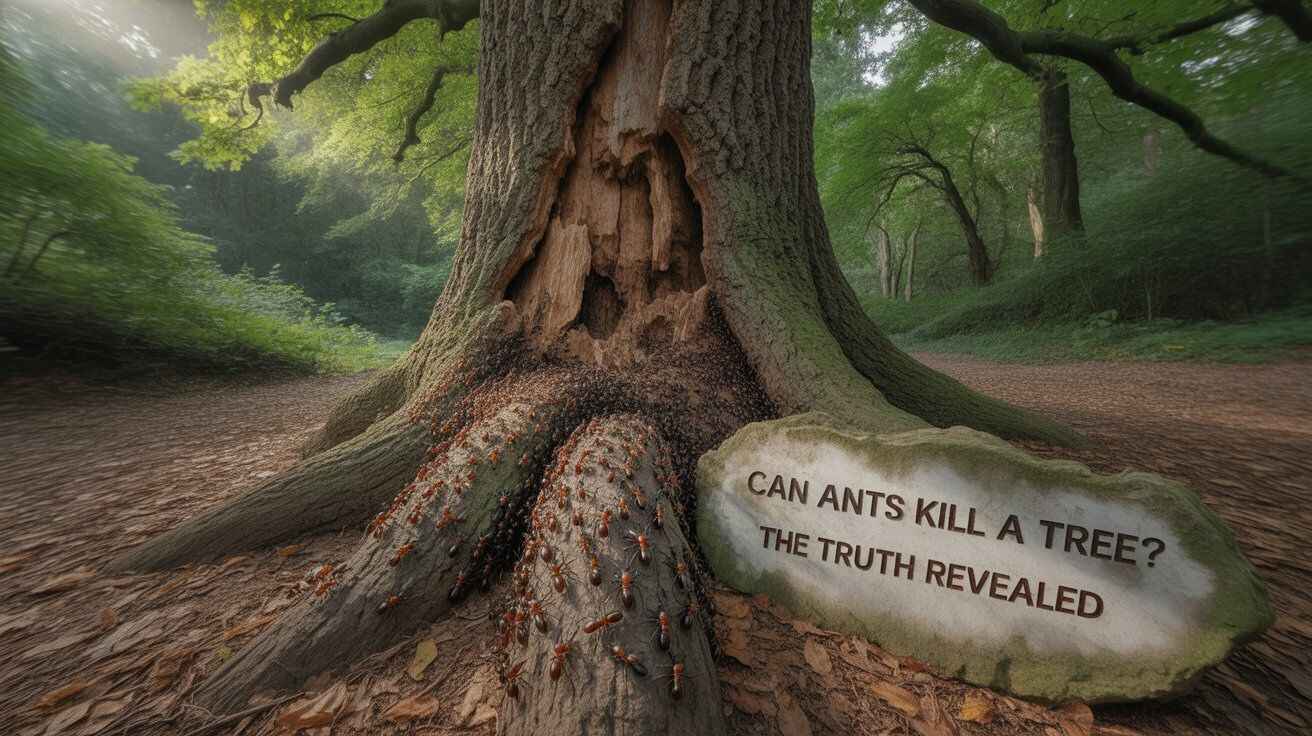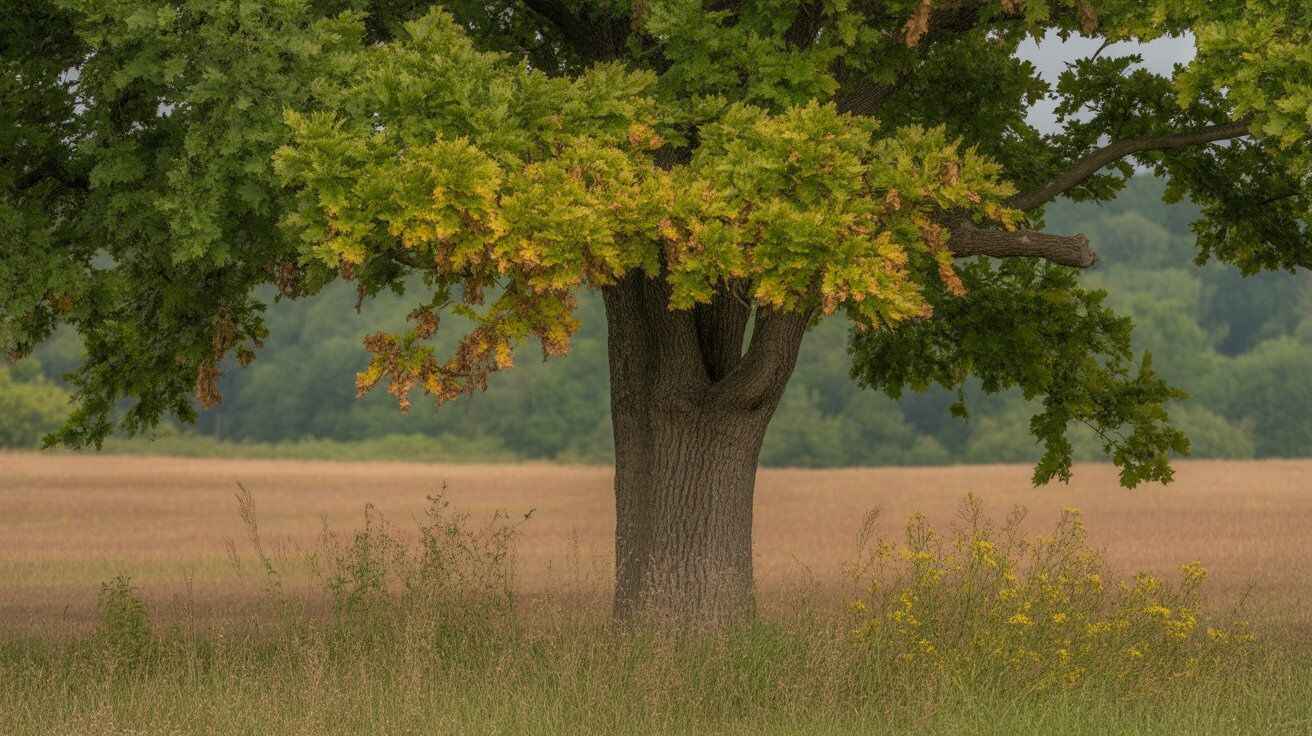Can a nail kill a tree? Learn how nails affect bark, cambium, and growth, risks of decay, and safer alternatives to protect tree health
How Nails Affect Trees
When asking can a nail kill a tree, it’s important to see how nails interact with bark, cambium, and xylem. A nail punctures the protective bark, exposing inner tissue to infection and decay. In small numbers, nails rarely kill a healthy tree, but they can weaken defenses and invite fungus or insects. Multiple nails or deep penetration disrupt nutrient flow, stressing the tree. Over time, repeated injuries can lead to reduced growth, structural weakness, and even early decline if not managed.
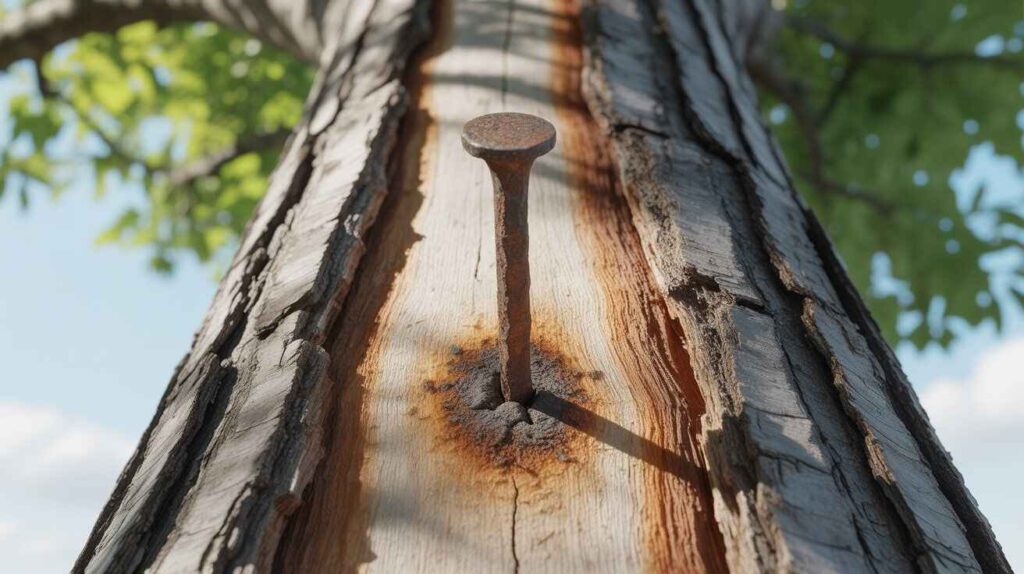
Tree Species Sensitivity
The effect of nails varies by tree species. Softer trees like birch, willow, or maple are more prone to decay and disease after nail wounds. Hardwoods such as oak or hickory are tougher, but repeated injuries still stress their vascular system. Fruit trees and ornamentals are highly sensitive, as wounds reduce fruiting and increase pest problems. Young or newly planted trees lack strong defenses, so nails can cause faster decline. Knowing species sensitivity helps predict whether a nail might only wound or eventually kill a tree.
How Many Nails Can Harm a Tree
| Factor | Effect on Tree | Why It Matters | Risk Level |
|---|---|---|---|
| Single Nail | Minor wound | Usually heals if tree is healthy | 🌱 Low |
| Multiple Nails | Repeated injuries, entry points for decay | Fungi, bacteria, and insects invade easily | ⚠️ High |
| Damage to Cambium Layer | Disrupts water & nutrient transport | Directly weakens tree growth | 🚫 Severe |
| Tree Size / Species | Small or thin-barked trees suffer faster | Mature hardwoods tolerate damage better | 🌳 Variable |
| Rusting Nails | Metal corrodes inside wood | Long-term internal damage & stress | ⏳ Medium–High |
Long-Term Effects of Nails on Tree Health
Over time, nails can trigger decay, weaken structural strength, and reduce overall tree health. The wounds made by nails rarely heal completely, leaving open paths for pests and disease. Rusting metal may leach harmful substances into the tissues, slowing growth and reducing fruit or leaf production. In urban areas, embedded nails also create risks during tree removal or wood cutting, as hidden metal can damage equipment and pose safety hazards. Thus, nails cause more than cosmetic harm—they compromise the tree’s lifespan.
Safer Alternatives to Using Nails on Trees
Instead of driving nails into trees, use tree-friendly methods that avoid harm. For hanging items, try straps, ropes, or bungee cords that distribute weight without puncturing the bark. Special tree hooks or non-invasive fasteners are designed to secure objects while protecting the cambium layer. If you need long-term support, adjustable tree straps allow for natural growth and prevent girdling. These alternatives keep the tree healthy, avoid permanent wounds, and ensure both safety and longevity of your landscape trees.
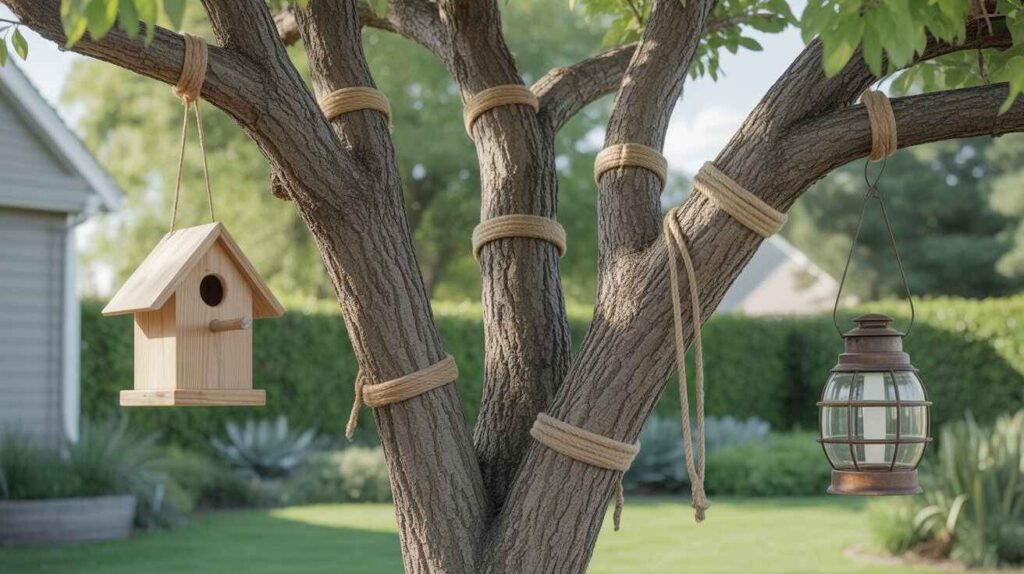
FAQ – Can a Nail Kill a Tree?
Q1: Can one nail kill a tree?
No, a single nail usually won’t kill, but it can cause wounds and invite disease.
Q2: Do nails stop tree growth?
Yes, if nails damage the cambium layer, they disrupt nutrient flow and growth.
Q3: Are screws safer than nails?
No, both pierce the bark and increase risk of infection.
Q4: What’s the best alternative?
Use straps, ropes, or tree-safe hooks to protect long-term tree health.

Jhanzaib Khan, with over 50 years of dedication to nature and tree conservation, is a leading authority in the world of trees and environmental care. From his early years exploring forests to guiding communities in sustainable tree planting, Jhanzaib has combined hands-on experience with a lifelong passion for the environment. He specializes in tree species identification, tree care, forest management, and environmental awareness. His insights have been featured in multiple nature blogs, workshops, and local conservation projects.

